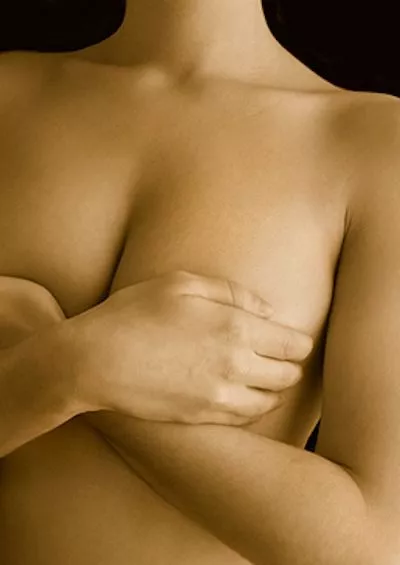For many people, having inverted nipples can be a source of concern. For women, having inverted nipples can interfere with breastfeeding. For both men and women they can be a source of self-consciousness.
For many people, having inverted nipples can be a source of concern. For women, having inverted nipples can interfere with breastfeeding. For both men and women, they can be a source of self-consciousness. Read on to learn what causes inverted nipples and the treatments to correct this issue.
Visit the Inverted Nipple Before and After Gallery
What is an Inverted Nipple?
Any nipple that is more indented than it is protruding can be considered an inverted nipple. Some nipples are permanently inverted, while others are only inverted part of the time and will protrude following stimulation or changes in temperature. A variation of the inverted nipple is the “flat nipple.” This is a nipple that lays flat against the areola (the ring of darker/pinker color surrounding the nipple), instead of either sticking out or dimpling in.
Inverted nipples can occur in both men and women. Inverted nipples may be caused by an underlying condition. Sometimes, they are simply present from birth.
You can check whether your nipples are innies or outies by gently pinching behind one, around the edges of the areola. If the nipple protrudes, it is an outie. If it retracts into the breast, it is inverted.

Causes of Inverted Nipples
The basic cause of nipple inversion is having a tight connective tissue system running from the chest wall to the nipple. The pull caused by the shortened connective tissue is stronger than the pull of the muscles within the nipple.
- Appearing from Birth
About ten percent of women are born with flat or inverted nipples. The number is less for men, but they can have them too. When present from birth, inverted nipples do not pose any health risk, and are not an indication of potential disease.
- A Sign of Breast Cancer
An inverted nipple that shows up suddenly should be checked by a doctor. In the vast majority of cases, an inverted nipple is not caused by cancer, but you will need to see a professional to confirm a particular case.
- Infections and Inflammation Causing Inverted Nipples
One common cause of newly discovered nipple inversion is repeated episodes of infection or inflammation of the breast tissue. Over time, the infection and inflammation can cause scarring, which then, can lead to nipple inversion.
- Sagging Breasts After Pregnancy
Pregnancy and breastfeeding can take their toll on a woman’s breasts. Breasts can become saggy or droopy with expanded areolas and in some cases, one or both nipples may invert. All of these changes can be surgically corrected by a well-trained and experienced, board-certified plastic surgeon.
- Fat Necrosis
Fat necrosis is a benign (not cancer) breast condition. It can occur anywhere in the breast and can affect men or women of any age. One of the symptoms of fat necrosis can be an inverted nipple.
Fat necrosis can feel like a firm, round lump and usually doesn’t cause pain, although sometimes the area feels tender. The skin around the area may appear dimpled, red or bruised. This fat necrosis may have been caused by a bruise or injury to the breast. It can also be caused by previous surgery or radiotherapy.
It does not increase your risk of getting breast cancer.
Temporary Fixes for Inverted Nipples
- Manual nipple manipulation
By rolling the nipple gently between the thumb and forefinger several times a day, the nipple is encouraged to remain erect. Applying a wet towel with cold water and applying it to your nipples will stimulate them further.
- Suction devices for treating inverted nipples
Nipple suction devices offer a temporary solution for inverted nipples. In cases of mild inversion, these devices can sometimes provide a permanent resolution to the problem. Many brands of suction devices are available. It’s best to talk to your doctor about which is best for you.
- Piercing
Piercing the nipple and holding it in place with a nipple barbell for about three months stretches out the ducts and has shown a low recurrence of nipple re-inversion after treatment. However, not all patients are comfortable with nipple piercing. Piercing usually does not damage the ducts or nerves.
- Clamps
Another temporary solution is the use of specifically designed clamps that hold the nipple in an erect position, stretching the tissue that is causing it to remain inverted.
Permanent Fixes for Inverted Nipples
The only known permanent solution for inverted nipples, other than those very minimally inverted, is nipple correction surgery.
Surgery for inverted nipples is usually done on an outpatient basis under local anesthetic. The latest technique in inverted nipple surgery preserved the milk ducts while focusing on releasing the surrounding fibers that are holding in the nipple. These fibers are severed and stretched in order to allow the nipple to poke outward.
Lines of dissolving sutures are sometimes inserted under the skin to hold the nipple in the projecting position. Protective devices are placed over the nipples for a couple of days after the surgery to hold the nipples in position and ensure they don’t retract during healing. These devices are often bulky and make it difficult to wear normal bras and clothes. Dr. Parham Ganchi uses a special technique which allows the nipple to be held in position while still allowing the woman to wear normal clothes. Sutures dissolve within a couple of weeks and any scarring that occurs as a result of this minimally invasive procedure is almost invisible.
Grades of Inverted Nipples
The severity of inverted nipples is assessed by a grading system. These grades give you and the doctor a guide as to how tight the inversion is and help decide the best treatment for correction of the nipple inversion. The likelihood of success of the inverted nipple correction procedure is also related to the grade of the nipple inversion.
Grade 1
Grade 1 nipple inversion is characterized by the nipple either being slightly inverted or flat to the areola. This nipple may stay turned outward for a short period of time, but will quickly return to its previous slightly inverted or flat position.
The reason for this is that the position of the nipple is balanced between the inward pull of the connective tissue and the contraction of the muscle in the nipple pulling it outward.
Since the inward pull of the connective tissue is only slightly stronger than the outward tugging of the nipple muscles, grade 1 inverted nipples can often be treated with manual manipulation or suction cups. If a patient is very concerned about the appearance of the nipples and is not concerned about breastfeeding, inverted nipple surgery is a good option. The likelihood of success of the surgical correction of grade 1 inverted nipples is very high.
Grade 2
With grade 2 inverted nipples, the inward pull of the connective tissue is stronger than in grade 1 nipple inversion. This situation produces a deeper inversion than that seen in grade 1. The nipples may pop outward spontaneously or with suction for a limited amount of time, but will immediately revert to their inverted position.
Few cases of grade 2 inverted nipples can be corrected with a suction device. If treatment with suction does not adequately control the inverted nipples, then inverted nipple correction surgery is the best option.
Grade 3
With grade 3 nipple inversion the connective tissue is tighter and the pull inward is much stronger than the outward pull of the muscles within the nipple. Grade 3 inverted nipples seldom, if ever, evert (pop outward).
In grade 3 inverted nipples, the connective tissue is very tight and it is very unlikely that suction devices will adequately fix the inversion. Surgery is usually the preferred option to correct grade 3 nipple inversion. Even with surgery, the success rate is less than those who have grade 1 or grade 2 nipple inversion. However, with good technique and sometimes with a repeated procedure, grade 3 inverted nipples can be corrected very nicely.
Although inverted nipples, especially those that show up after childhood or puberty, could stem from a medical condition, for most people, they are a cosmetic concern. Fortunately, there are ways, ranging from manual stimulation to plastic surgery, to reverse the problem. Inverted nipple repair can restore the nipple to a beautiful, natural, and projecting appearance.
Check out our Inverted Nipple Correction Before and After Photo Gallery for examples and then contact us to set up a private consultation.
